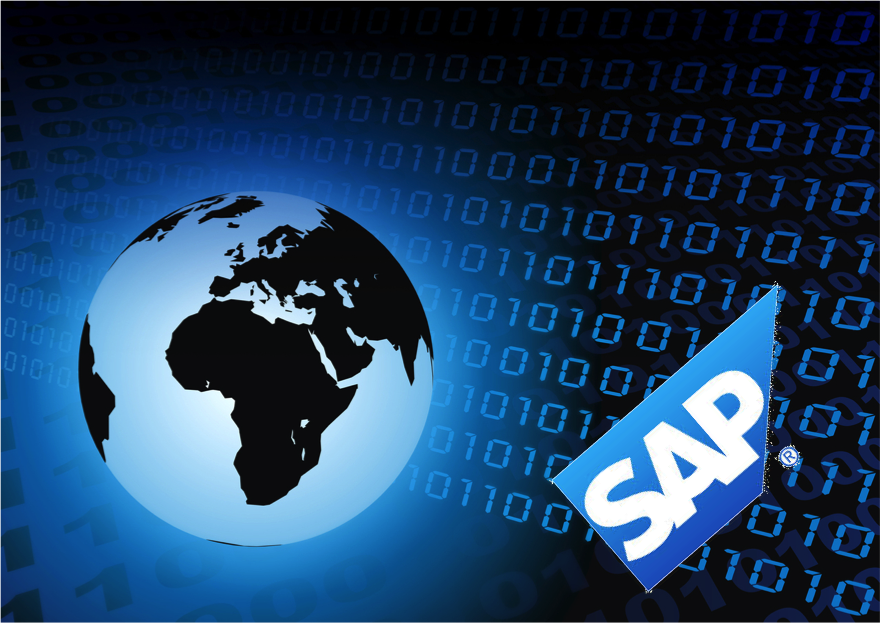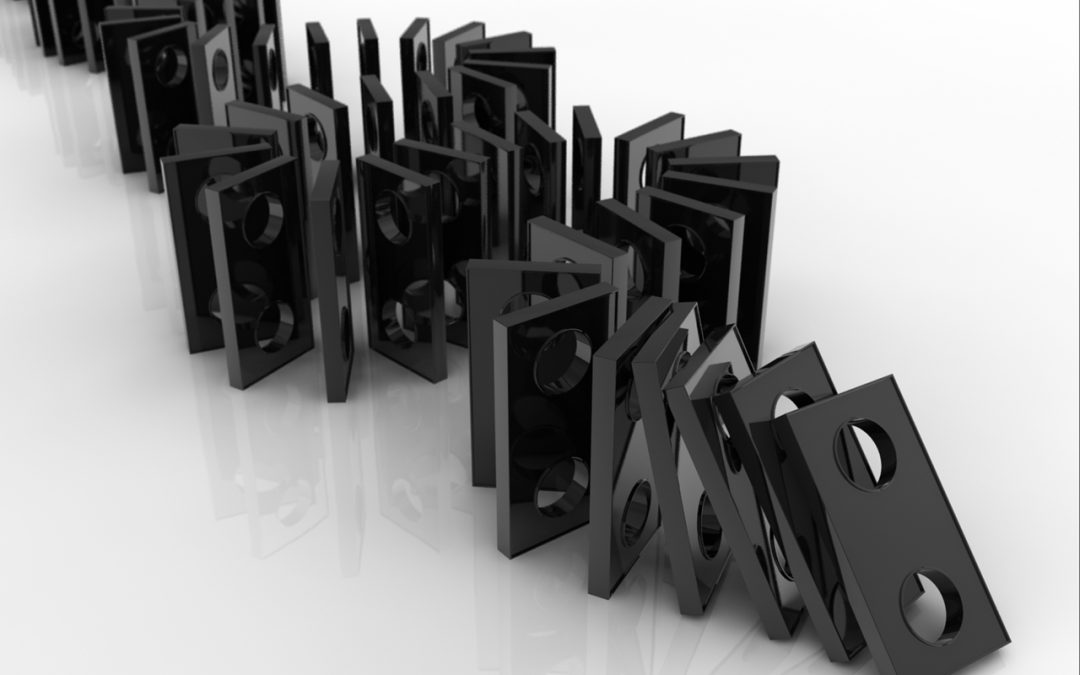
by twieberneit | Jan 12, 2017 | Analysis, Blog |
On January 10, 2017, SAP announced a bundling of their IoT portfolio of initiatives to focus on business outcomes instead of technology while combining the set of emerging products and solutions under the brand name Leonardo – as in Leonardo Da Vinci, one of the most forward looking artists and innovators ever. This announcement substantiates SAPs commitment to invest two billion Euro in IoT over the next 5 years. The new portfolio will combine adaptive applications, big data and connectivity as packaged line-of-business solutions, covering a range of topics. It bases upon a rebranded – and repackaged(?) HANA Cloud Platform, enhanced by the micro services for machine learning that were announced earlier and which I covered here. This enhanced platform is now called SAP Cloud Platform. As per a blog post accompanying the Leonardo announcement, the high level architecture of SAPs new offering looks like below and covers, besides a set of existing applications an IoT adapter – SAP Leonardo for Edge Computing – which serves as a device independent data input layer, essentially a kind of middleware, probably built on or using HCI. a foundational layer – SAP Leonardo Foundation – which includes the IoT business services that are to be exposed, enabling rapid development of applications. This makes up the functional core. and a ‘bus’ layer – SAP Leonardo Bridge – which enables the combination of real time data with applications and processes Leonardo is accompanied by a jump-start enablement program to accompany this initiative. This program includes introductory pricing and is intended to help organizations identify and validate IoT pilots and use cases, including expert staffing...

by twieberneit | May 27, 2016 | Blog |
CRM Evolution 2016 – Conference at a Glance CRM Evolution 2016 revolved around two main topics customer experience, customer engagement digital transformation As part of these three main topics many speakers were about how to get there, which includes thinking and talking about machine learning, predictive analytics, and, of course, the Internet of Things. The CRM Evolution 2016 conference, organised by David Myron and chaired by CRM guru Paul Greenberg once more had an impressive lineup of speakers, starting with two highly impressive keynotes, held by Dennis Snow, formerly of Disney on Monday, and Brian Solis from Altimeter Group on Tuesday. As before it was co-located with SpeechTek and Customer Service experience, the latter chaired by Esteban Kolski. This combination guarantees a lot of high caliber attendance and a lot of networking opportunity, something that Paul Greenberg very strongly and actively supports. It is virtually impossible to not network … According to colleague Scott Rogers, although the conference appeared to be bigger than the years before it all seemed more intimate, but not crowded, which probably can get attributed to a good choice of venue. The event being vendor independent is only the icing on the cake. In my eyes this is the one CRM related conference that one must not miss. In contrast to last year I attended CRM Evolution only, which in retrospective was a mistake. But let’s have a look at the conference themes. There is no CRM without Customer Engagement and good Customer Experiences In the opening key note Dennis Snow told us about the Disney way of creating great customer experiences, which basically follows three...

by twieberneit | May 16, 2016 | Blog |
the Future of Retail is, well, interesting. Retailers today face an increasingly fierce competition. This competition is both, between brick-and-mortar retailers as well as between online-retailers and brick-and-mortar. Amazon, for example, is eating an increasing share of department stores’ lunch. It already now is the second largest apparel retailer in the US. According to Morgan Stanley research, quoted in a recent business insider article: “Internet retailers (led by Amazon) have added $27.8 billion to their apparel revenue since 2005, while dept stores have lost $29.6 billion,” … “This share loss appears at risk of accelerating given 1) Amazon’s bigger push into fashion, and 2) consumer willingness/acceptance to shop fashion through Amazon.” Additionally, customers are increasingly demanding, which is fuelled by being better informed and by the willingness to leverage this information. As a result of both of these trends retailers are losing relevance. One of the main challenges facing retailers (and brands, btw) is that big scale online retailers can very strongly compete on price. They also have a strong edge in data, which fuels their online experience. But here is also the chief weakness of online retailers like Amazon: They are online retailers, which confines the experience that they can offer to, well, online. Consumers used and use stores for showrooming to get a physical experience of the product and/or service. This is a clear indication that online is not everything! Which is one of the reasons why Amazon experiments with Internet of Things devices like their Dash button, which they recently enhanced with an SDK; it does also explain why Amazon is experimenting with kiosks and retail stores....




